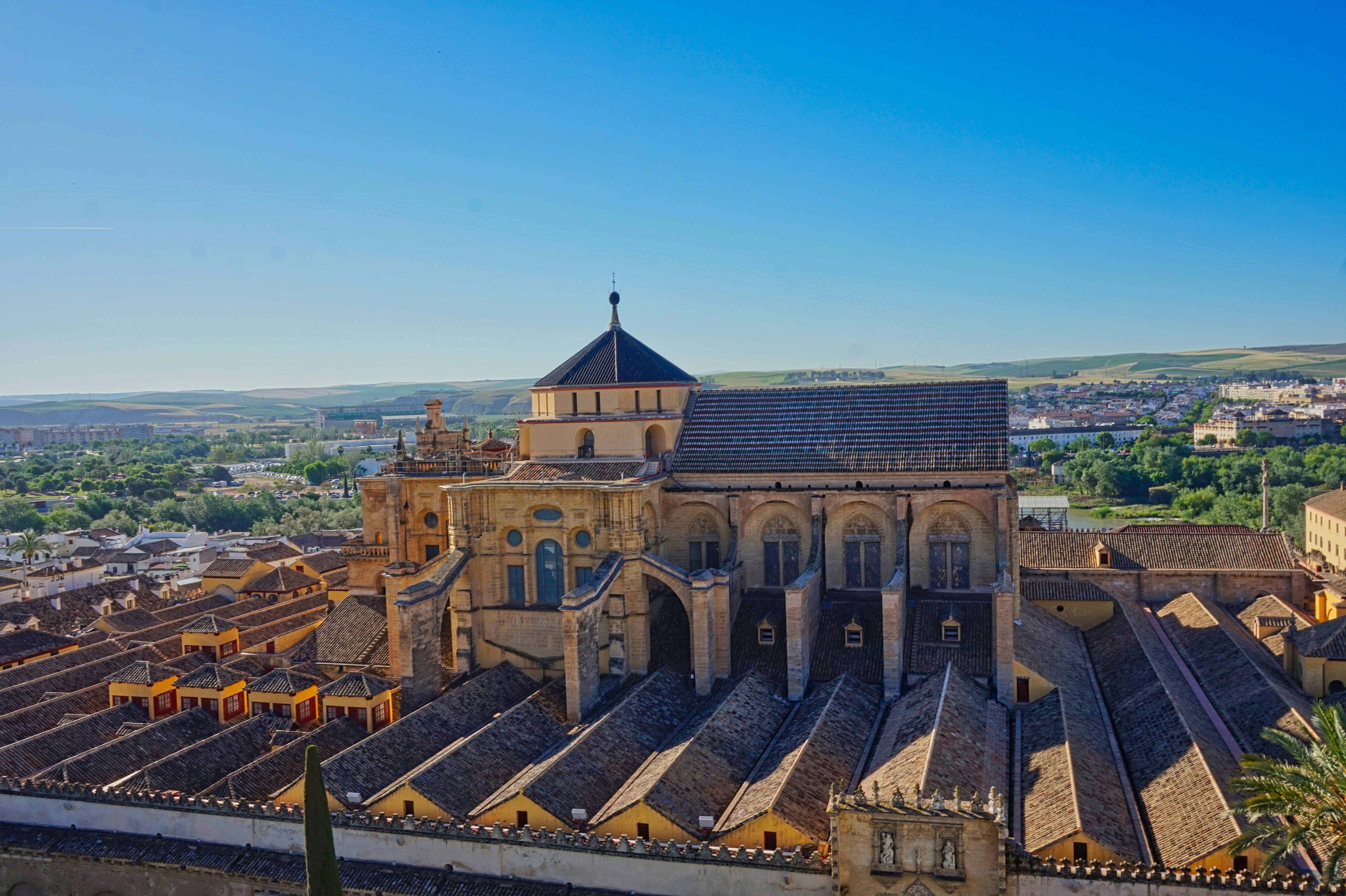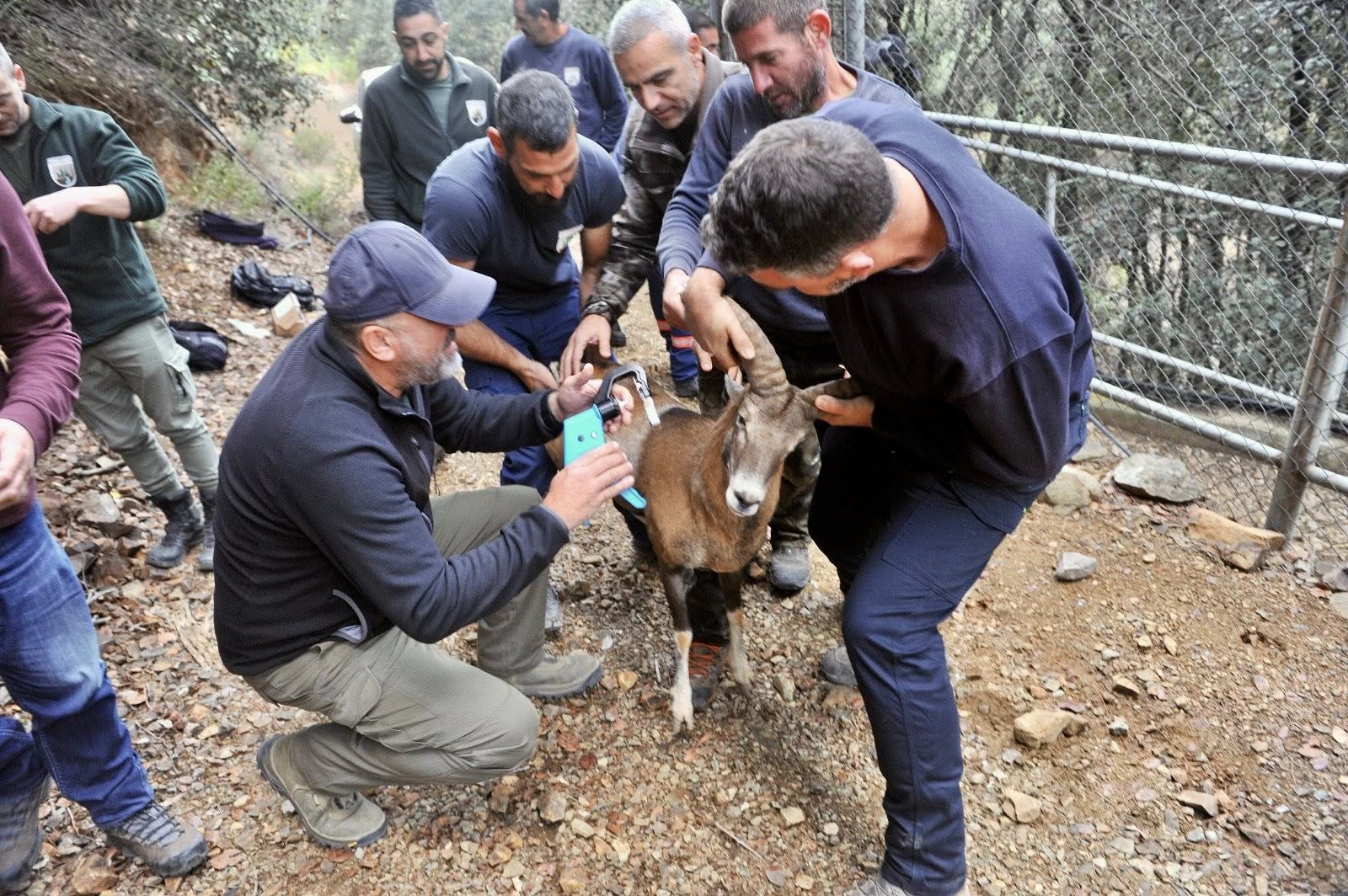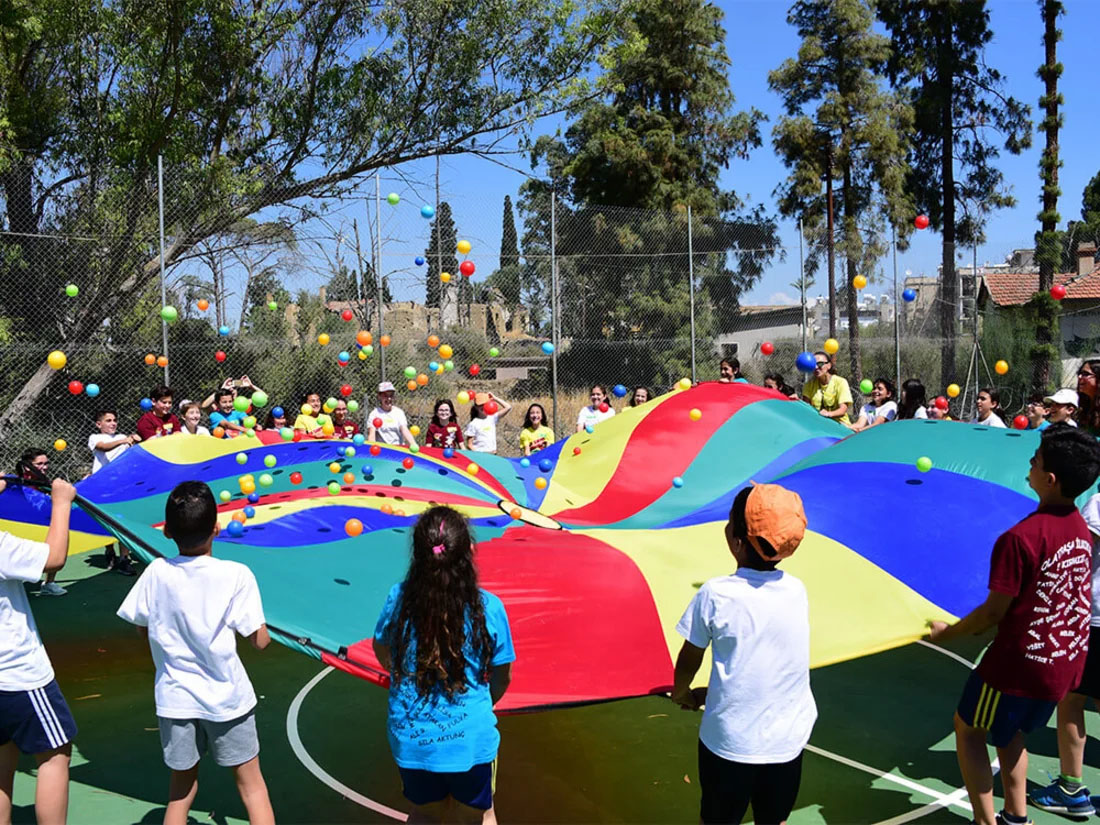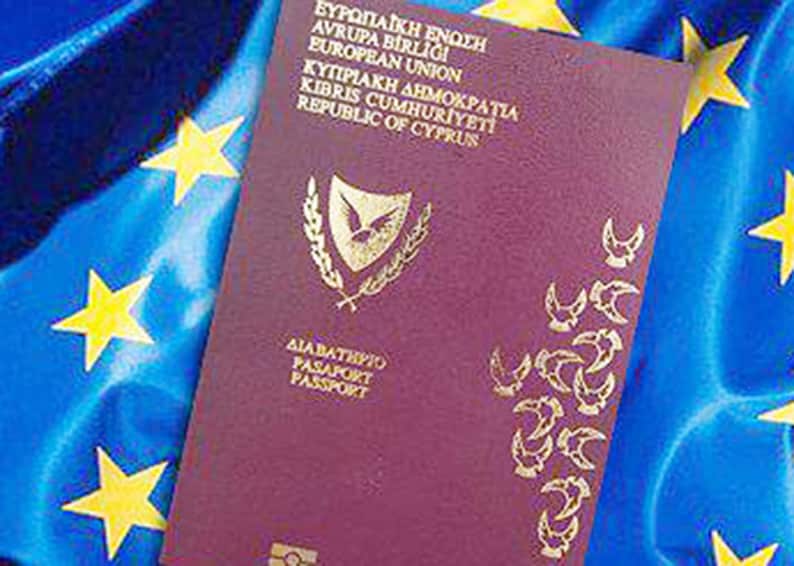It’s a city where time seems to fold — Roman walls, Moorish arches, and Christian bell towers all woven together beneath the same Andalusian sun.
To walk through Córdoba in bloom is to experience Spain at its most layered and poetic — a place where history, scent, and silence share the same streets.
The heart of the Mezquita
Everything in Córdoba seems to radiate from the Mezquita, the city’s great mosque-cathedral and one of the most extraordinary buildings in Europe. Stepping inside feels like entering another world: a forest of red and white arches stretching endlessly across cool marble floors.
The structure carries centuries within it. Built by the Moors in the 8th century, expanded by successive rulers, and later crowned with a Renaissance cathedral nave, it remains both mosque and church — an architectural conversation that never truly ended.
When sunlight filters through the lattice windows, it paints soft patterns across the columns. Visitors fall silent, their footsteps echoing faintly beneath the domes. Outside, orange trees bloom in the courtyard, their scent mingling with the sound of fountains and birds. The city begins here, not in time but in spirit.
The Patios — Gardens hidden in stone
Córdoba’s most enchanting spaces are not found in plazas or grand palaces but behind closed doors. The city’s traditional houses hide inner courtyards — patios — where flowers cascade down whitewashed walls and fountains trickle in shaded corners.
Each May, during the Festival de los Patios, residents open their doors to the public. Visitors wander from one home to another, stepping into worlds of geraniums, jasmine, and trailing ivy. The air hums with color — deep reds, blues, and pinks against the brilliant white of the walls.
But even outside the festival, many patios remain alive year-round. They’re private sanctuaries, shaped by centuries of adaptation to the Andalusian climate. Water, shade, and light work together to cool the air and calm the senses.
There’s something deeply human in these spaces — a balance between beauty and function, community and solitude. Standing in a patio in spring, with the scent of lemon blossoms drifting overhead, you feel not like a visitor but a guest in someone’s dream of peace.
The Jewish quarter — Maze of memory
Just beyond the Mezquita lies the old Jewish Quarter, or Judería, a maze of narrow lanes, white facades, and iron balconies heavy with flowers. The streets are so tight that sunlight filters in like a soft thread, weaving warmth into the cool shadows.
Here you find traces of a vanished world — the small synagogue, one of only three medieval synagogues still standing in Spain, its walls covered in delicate Hebrew inscriptions. Around it, the courtyards and alleyways preserve a sense of intimacy and quiet that feels untouched by the centuries.
Walk slowly and listen: a fountain gurgling in a courtyard, the distant sound of a guitar, the murmur of conversation from behind an open window. Córdoba’s Judería is less a district than a state of mind — a living memory of coexistence and loss, echoing through each turn.
Beyond the walls — The City Opens
Outside the old center, Córdoba breathes more freely. Broad avenues and leafy parks give way to modern neighborhoods, yet even here the past lingers. The Guadalquivir River runs wide and slow beneath the Roman Bridge, its arches mirrored in the water. Crossing it at sunset, with the Mezquita glowing behind you, feels almost ceremonial — a passage between eras.
On the far bank, the Calahorra Tower holds a small museum devoted to the meeting of cultures that once defined Córdoba. From its rooftop, the view stretches across the city — domes, rooftops, and the faint shimmer of flowers on balconies.
Cyclists glide along the riverside paths, part of a growing network that connects Córdoba with nearby villages and olive groves. Several bike tours in Spain itineraries include this stretch of Andalusia, tracing routes through the fertile countryside once known as the “Garden of Europe.” The rhythm of pedaling through fields of poppies and wheat feels like an echo of the city’s slower heartbeat.
Light, scent, and silence
Córdoba’s magic lies in its atmosphere — a combination of color, air, and light that no photograph can fully capture. The city changes with the hours: in the morning, the stones are pale and cool; by afternoon, the air hums with heat; and at dusk, everything glows gold and rose, as if the day itself were burning gently away.
Scent plays as much a part as sight. Orange blossom, jasmine, and fresh earth combine into something that feels almost sacred. Evenings bring the sound of distant conversation and the rhythmic strum of flamenco guitar — music that feels less like performance than instinct.
Córdoba isn’t a city you visit for spectacle. It’s a city you absorb — through the soles of your feet, the softness of its air, the patience of its people.
A city made of layers
Córdoba has lived many lives: Roman colony, Moorish capital, Christian stronghold, and now, a quiet Andalusian city defined by its layers. Yet it has never lost its sense of harmony. The balance between cultures, between past and present, remains tangible in every street.
In spring, when the courtyards bloom and the air feels alive, that balance is visible everywhere — in the contrast of stone and flower, history and renewal. The city’s beauty doesn’t shout; it lingers, inviting you to look closer, breathe slower, and remember what it means to feel wonder in silence.
By the time evening falls, and the scent of jasmine deepens in the air, you understand that Córdoba’s bloom is not just seasonal. It’s a way of being — a quiet celebration that endures, year after year, beneath the Andalusian sun.







Click here to change your cookie preferences